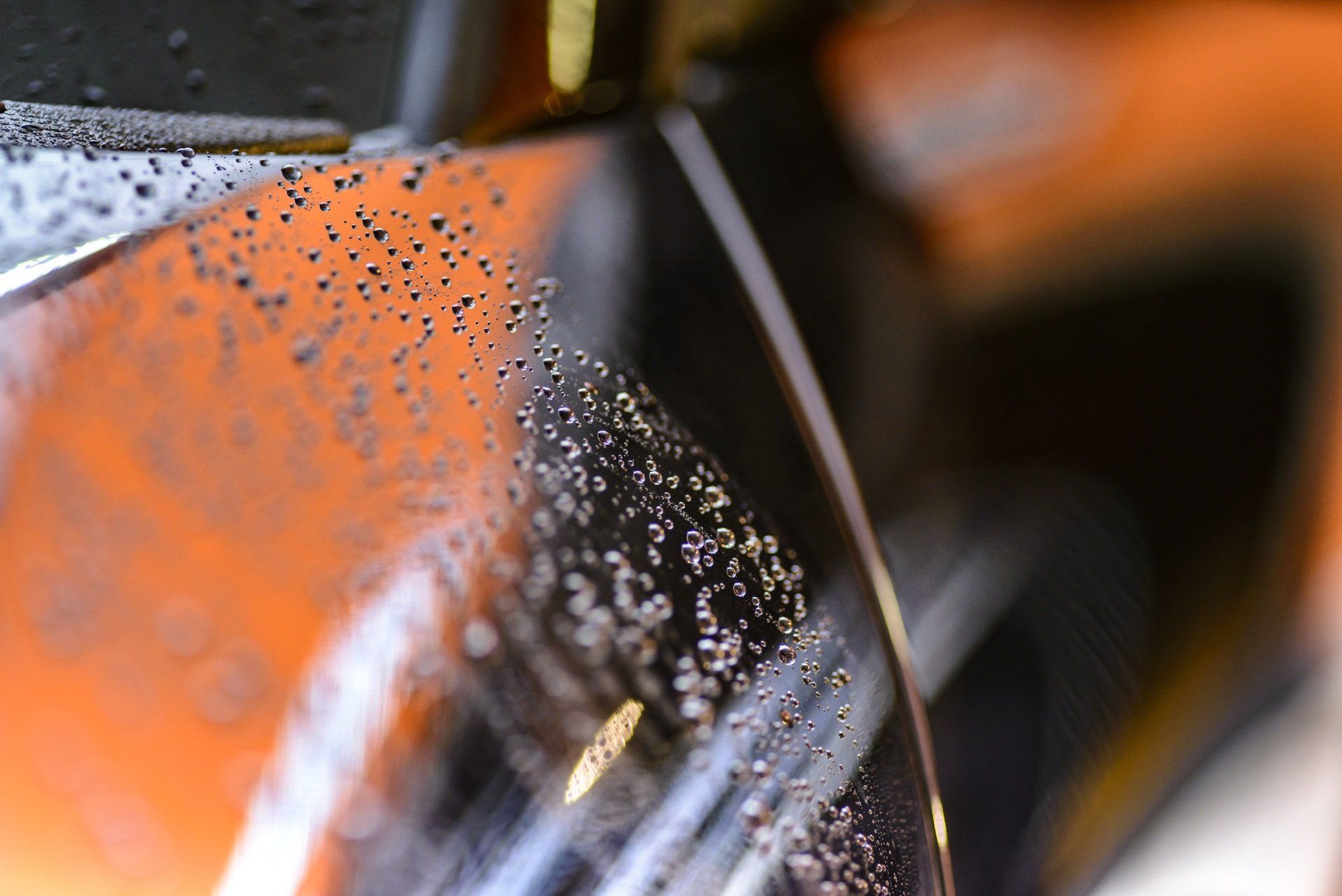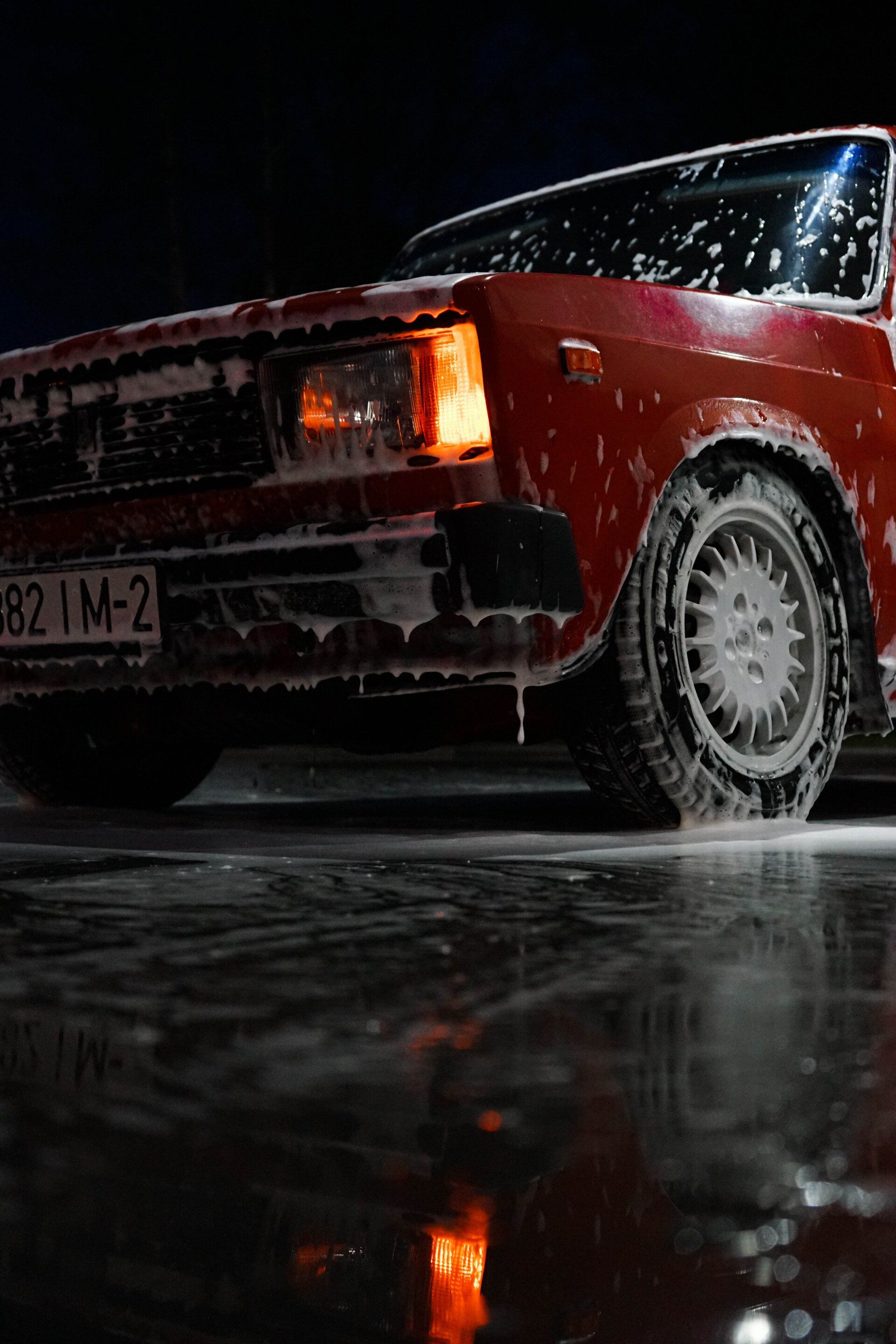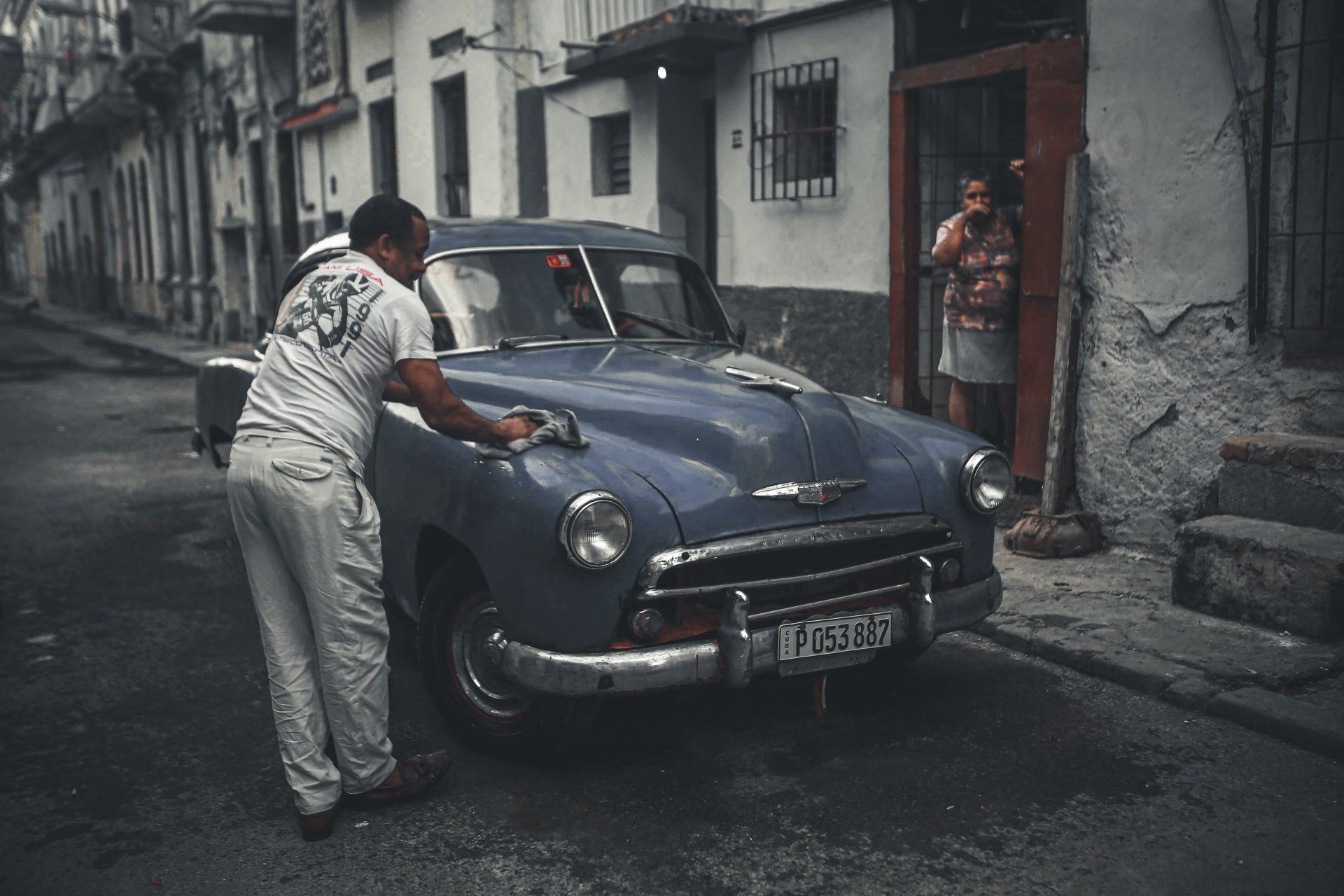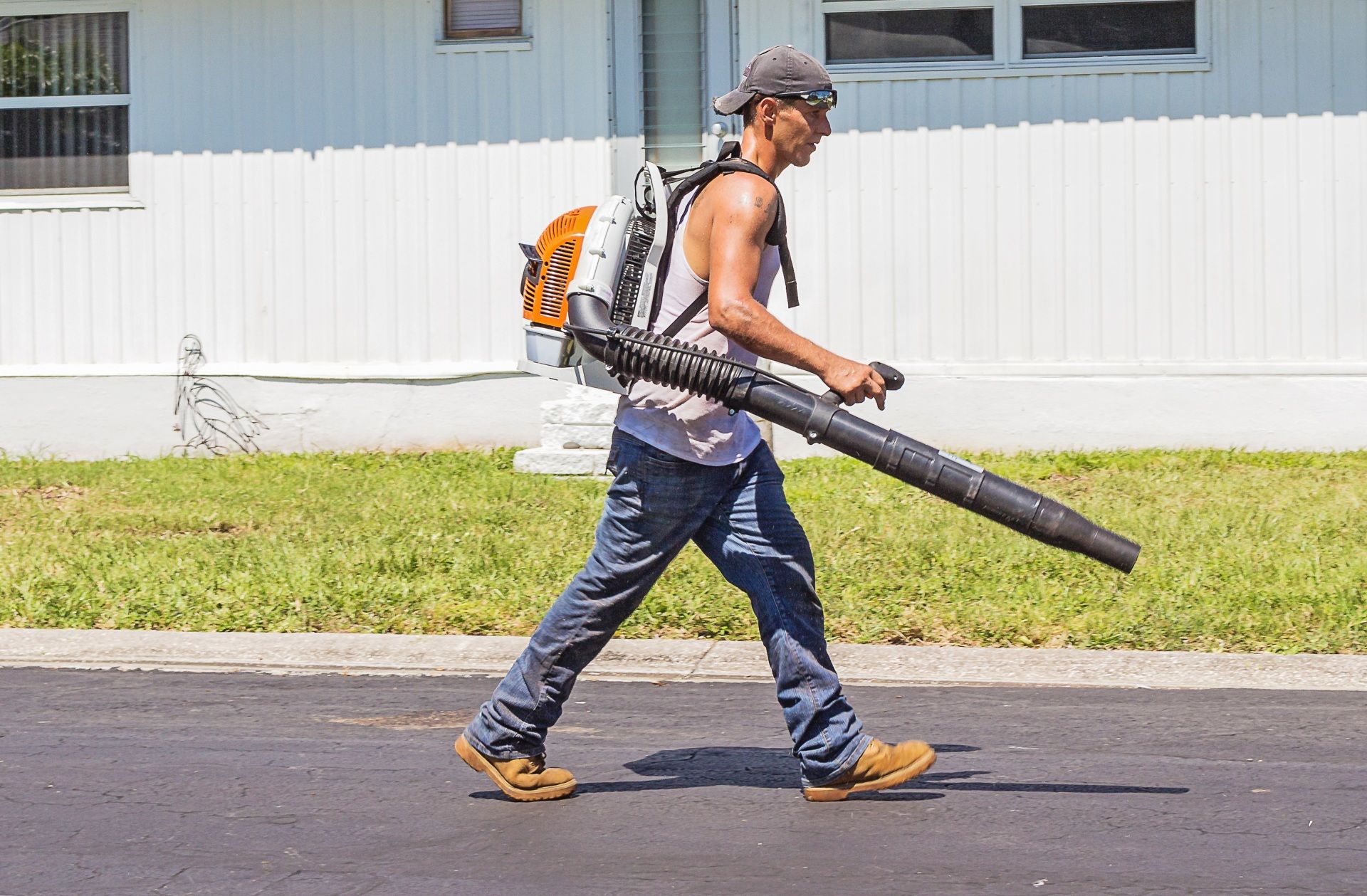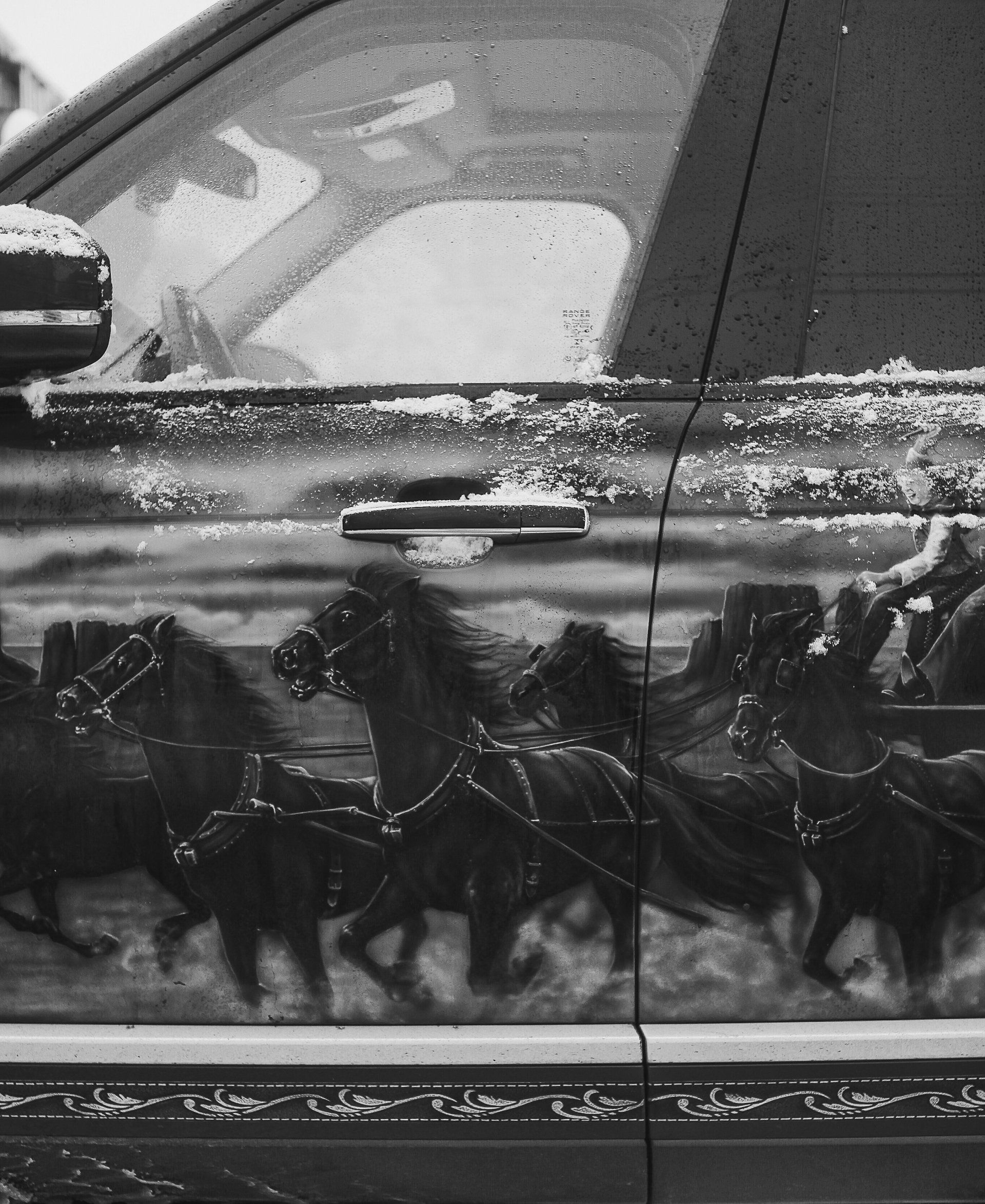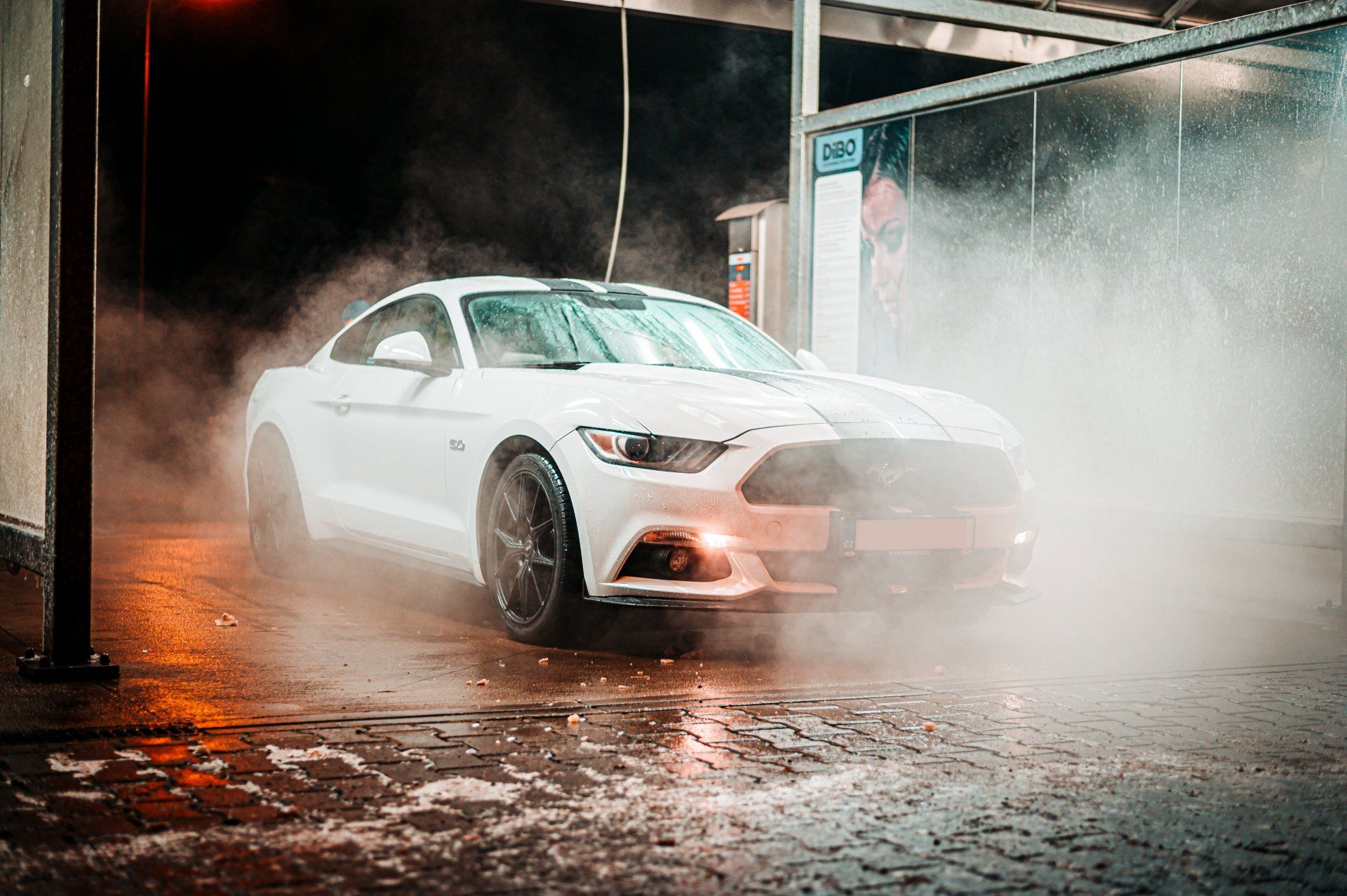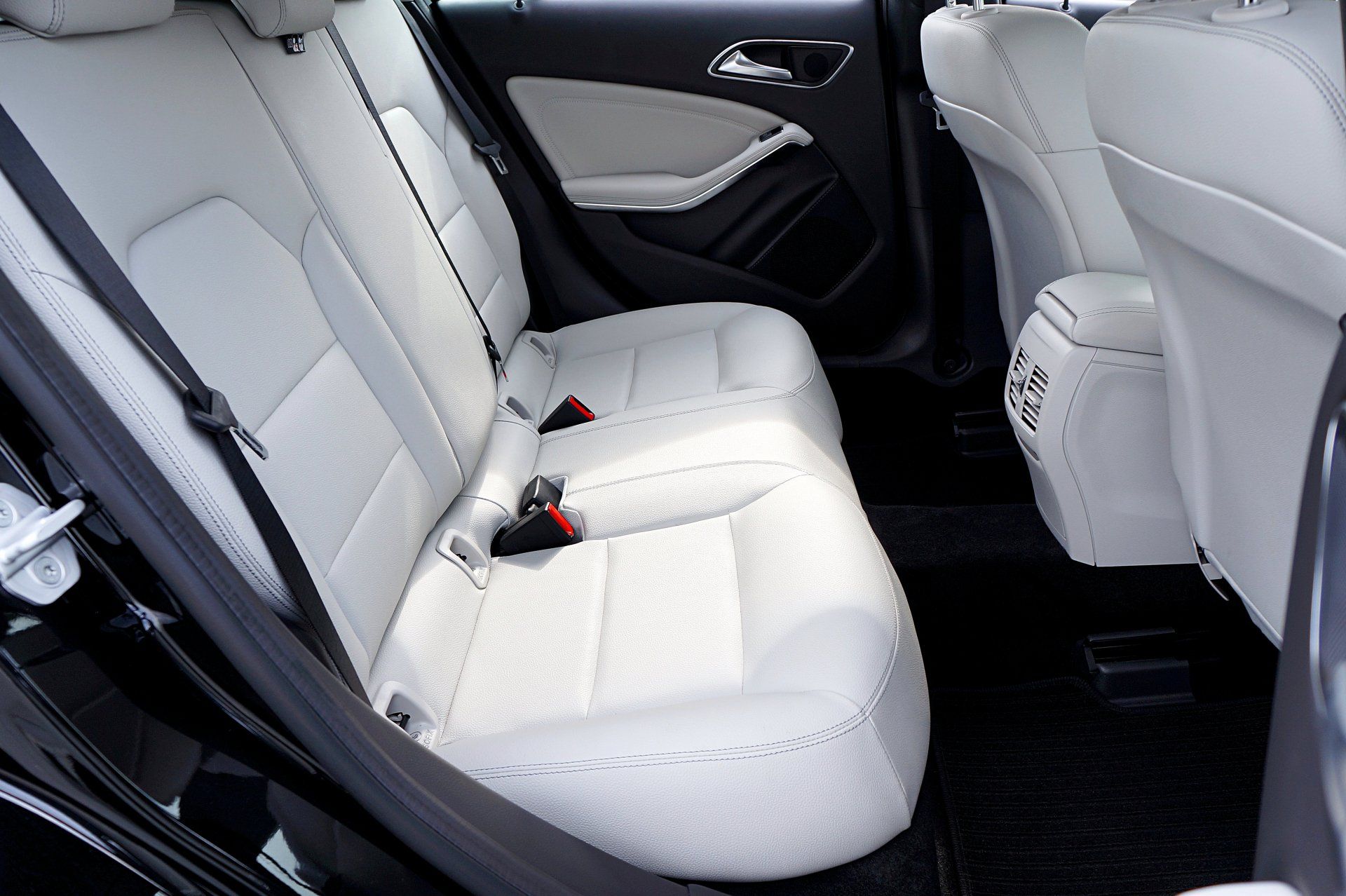Brake Caliper Paint Pointers
Brake Caliper Paint Pointers
The paint on brake calipers doesn't impact performance; however, it affects the appearance of a car with costly rims. What color paint do you want to use on the calipers?
The style and performance of open-design alloy wheels have replaced steel wheels in many vehicles today. The resultant peek-a-boo displays of these cars' brakes (particularly on rims with large diameters) inspired the top sports car makers to create brake caliper paint to use to attract attention to their models for production.
When Ferraris and other exotic vehicles started rolling off the production line with painted brake calipers at the beginning of the 1990s, the world was aware, and at the end of the decade, brake caliper paint was commonplace on a variety of domestic models.
Why Paint Brake Calipers?
The highlight of brake calipers using paint has nothing more than an aesthetic choice. Some might compare the process to decorating your nails. Others, however, believe that protecting the surfaces of drums and/or brake-rotor hats from corrosion-related stains is the best way to go following the purchase of alloy wheels or custom-made ones. In these instances, it is possible to avoid the bright yellows and reds used on sports coupes to opt for a metallic or black shade. Whichever you choose, the automobile manufacturers can provide you with options.
What Makes Caliper Paint Different?
The brake-part surfaces are among the most difficult environments to paint. The temperatures are often higher than those in engines, brake fluid consumes paint as its lunch, and brake dust covers everything that is visible. These coatings should provide durable and heat-resistant properties that stand against water, road chemicals, and solvents. The first DIYers to experiment with the caliper painting process used engine paint due to its ability to withstand high temperatures. Paint companies saw the trend and responded by introducing dedicated products.
A word of caution: These paints are extremely durable and, once applied, it is unlikely to be able to go back. If you decide to recoat, make sure the manufacturer has recommended the product for use on painted surfaces. Other than that, you can choose to replace or sandblast.
Brake Caliper Paint Options
The process of painting metal bare usually begins with a high-heat primer. The options available can withstand temperatures as high as 2000°F.
Ceramic resin paint is available in both brush-on and spray-on forms. Since it is an enamel-based paint, it usually has a rating of 500°F or greater and will harden into a long-lasting surface. The paints are reasonably priced ($8 or $15) and easily accessible. To get the most attractive appearance and performance, apply a clear coat of ceramic paint to the caliper. A majority of companies provide kits that include everything you require for less than $45.
Two-Part Epoxy Resin Paints
The two-part epoxy resins can withstand much higher temperatures than ceramics (often at 900°F.) They last longer. It is possible to apply two coats and not require an additional clear coat or primer. They're more volatile, however, and need more security for the skin while you perform. A kit made of epoxy will cost between $60 and $80.
Other Brake Caliper Paint Options
Other options to customize the brake calipers you have are powder coating (very robust and resistant to heat) or vinyl coating. Both are able to be applied by a self-made DIYer and provide alternative paints to solvent-based. There are businesses that offer a selection of powder coating powders, which range in price between $8 and $20. However, you'll need an air-tight powder coating gun as well as an oven for powder coating.
